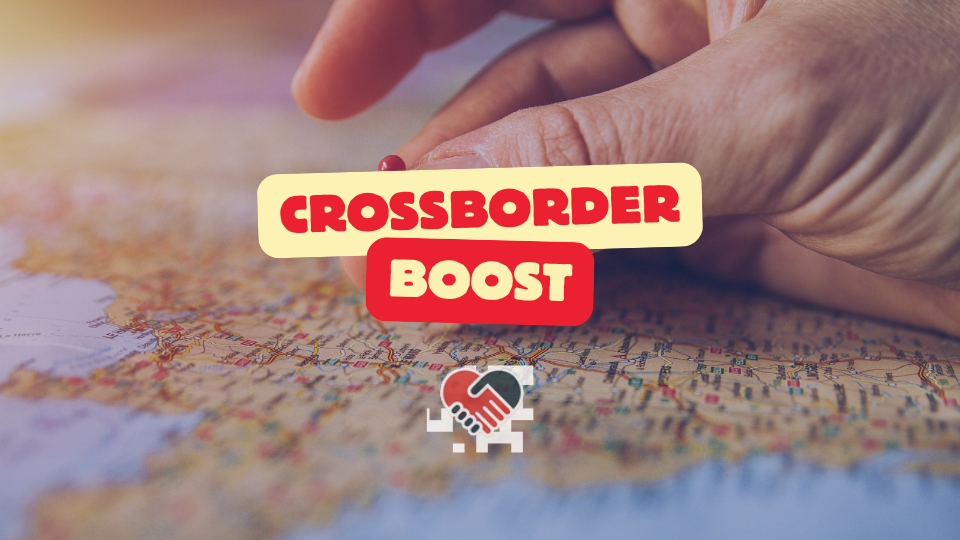
In the wake of the UK’s departure from the European Union, the landscape of international trade has undergone significant transformation. One of the most pivotal developments is the introduction of the Customs Tariff (Preferential Trade Arrangements) (EU Exit) Regulations 2020. This framework is designed not only to facilitate post-Brexit trade but also to provide clarity regarding preferential tariffs and Rules of Origin as they pertain to various trade agreements.
The Customs Tariff Regulations establish a comprehensive system for governing trade arrangements that the UK engages in with other countries. These regulations aim to simplify compliance, ensure coherence across trade agreements, and foster better relationships with trading partners by enabling lower tariffs on eligible goods.
### Understanding Preferential Tariffs
Preferential tariffs are reduced rates of customs duty that apply to goods imported from countries with which the UK has established trade agreements. Under the Customs Tariff Regulations, the UK has outlined specific preferential tariffs for a range of goods, granting better access for certain products from participating nations. This is vital for businesses looking to expand their market reach or source materials at competitive prices.
The availability of preferential tariffs is contingent upon adherence to certain Rules of Origin, which determine the country of origin of goods. These rules are integral in preventing circumvention of tariffs and ensuring that trade benefits are rightly allocated to eligible entities. The regulations stipulate that to qualify for preferential treatment, goods must meet specific criteria defined in the relevant trade agreements.
### Accessing the Regulations and Reference Documents
For businesses seeking detailed guidance, the statutory guidance provided alongside the Customs Tariff Regulations serves as an indispensable resource. It includes reference documents that elaborate on the specifics of tariff codes, product classifications, and the criteria for preferential tariffs under various trade agreements. Importers and exporters alike should familiarise themselves with these materials to ensure compliance and strategically navigate their trading practices.
The official government website offers a wealth of information regarding the Customs Tariff. Here, businesses can locate the current schedules of preferential tariffs, along with real-time updates to Rules of Origin as they evolve with new trade agreements or amendments to existing ones. Keeping abreast of these developments is essential for any business aiming to optimise its trading operations and maintain a competitive edge.
### Conclusion
The Customs Tariff (Preferential Trade Arrangements) (EU Exit) Regulations 2020 marks a new era for UK trade policy in a post-Brexit context. By understanding the nuances of preferential tariffs and Rules of Origin, businesses can successfully navigate international markets, capitalising on opportunities presented by these regulatory changes. As the UK continues to forge its path on the global stage, staying informed and compliant with these regulations will be crucial for sustained success in international trade.
April 02, 2025 at 12:53PM
法定指导:2020年海关关税(优惠贸易安排)(脱欧)规例的参考文件
查找英国在2020年《海关关税(优惠贸易安排和关税配额)(修正)(脱欧)规例》中所包含协议的优惠关税和原产地规则。
















 Our Collaborations With
Our Collaborations With 







